Should Dining Room and Kitchen Light Match?
If you're in the process of designing or renovating your home, one important decision you'll have to make is whether or not to match your kitchen and dining room lighting. Some people prefer a cohesive look throughout their home, while others like to mix and match for a more eclectic feel. Here's our take on whether or not your dining room and kitchen light should match.
10 Tips for Matching Your Kitchen and Dining Room Lighting
1. Consider the overall style of your home. If you have a modern, minimalist style throughout, it might be jarring to have completely different lighting in your kitchen and dining room. On the other hand, if your home has a more eclectic vibe, mixing and matching could work well.
2. Take into account the size and layout of your kitchen and dining room. If they are connected in an open concept design, it's important to have a cohesive look to avoid visual clutter.
3. Think about the function of each space. Your kitchen lighting should be bright and functional for cooking and food prep, while your dining room lighting should be more ambient and inviting for meals and gatherings.
4. Create a focal point in each room. If you have a statement light fixture in your dining room, consider choosing a complementary fixture for your kitchen to tie the two spaces together.
5. Use similar finishes and materials. Matching your lighting doesn't necessarily mean having identical fixtures, but using similar finishes and materials can create a cohesive look. For example, if your dining room chandelier has a brushed nickel finish, choose pendants with the same finish for your kitchen island.
6. Take advantage of dimmers. If you have matching lighting in your kitchen and dining room, dimmers can help create different moods and functions for each space.
7. Consider the height of your ceilings. If you have high ceilings, a large statement fixture in your dining room can help balance out the space and prevent it from feeling empty. In this case, it's important to choose a complementary fixture for your kitchen to avoid competing focal points.
8. Use lighting to define the spaces. If your kitchen and dining room are connected, you can use lighting to differentiate the two spaces. For example, a pendant light over the dining table and recessed lighting over the kitchen can help define each area.
9. Think about the color scheme. If your kitchen and dining room have different color schemes, it's important to choose lighting that will tie the two spaces together visually. This could be through similar finishes, shapes, or styles.
10. Trust your instincts. Ultimately, the decision of whether or not to match your kitchen and dining room lighting comes down to personal preference. If you have a vision for your home that includes matching lighting, go for it! If you prefer a more eclectic look, mixing and matching can also work well.
How to Coordinate Lighting in an Open Concept Kitchen and Dining Room
Open concept living has become increasingly popular in modern homes, and with it comes the challenge of coordinating lighting in different spaces. Here are some tips for coordinating lighting in an open concept kitchen and dining room.
1. Choose lighting fixtures with a similar style. In an open concept space, it's important to have a cohesive look to avoid visual clutter. Choose lighting fixtures with a similar style, whether it's modern, industrial, or traditional.
2. Use a mix of different types of lighting. Rather than having the same type of lighting in both spaces, mix it up to create variety and interest. For example, you could have recessed lighting in the kitchen and a statement chandelier in the dining room.
3. Consider the sightlines. When standing in your kitchen, what do you want to see in the dining room? Choose lighting fixtures that will create a visual flow and lead the eye towards the dining area.
4. Use lighting to define each space. In an open concept space, lighting can help define different areas. Use a pendant light over the dining table and recessed lighting over the kitchen to differentiate the two spaces.
5. Don't be afraid to mix and match. While we've been discussing the benefits of matching kitchen and dining room lighting, it's also worth considering mixing and matching in an open concept space. As long as the fixtures complement each other and have a similar style, it can create a more eclectic and interesting look.
Why Matching Your Kitchen and Dining Room Lighting is Important
Now that we've covered some tips for coordinating lighting in an open concept space, let's talk about why matching your kitchen and dining room lighting is important.
1. Creates a cohesive look. Matching lighting in your kitchen and dining room can help create a cohesive look throughout your home.
2. Prevents visual clutter. Having completely different lighting in your kitchen and dining room can create visual clutter and make the space feel disjointed. Matching lighting can help create a seamless flow.
3. Ties different spaces together. If your kitchen and dining room are connected, matching lighting can help tie the two spaces together visually.
4. Adds balance. In an open concept space, having matching lighting in the kitchen and dining room can help create balance and prevent one space from feeling too empty or overwhelming.
5. Enhances the overall design. Lighting is an important element of interior design, and matching your kitchen and dining room lighting can enhance the overall aesthetic of your home.
5 Ways to Create a Cohesive Look with Matching Kitchen and Dining Room Lighting
1. Choose a unifying theme. Whether it's a specific finish, material, or style, choosing a unifying theme can help tie your kitchen and dining room lighting together.
2. Use different types of lighting. To prevent a too-matching look, use different types of lighting in each space. For example, a chandelier in the dining room and pendant lights in the kitchen.
3. Consider the size and scale. It's important to choose lighting that is appropriate for the size and scale of each space. A large chandelier in a small dining room can feel overwhelming, while too-small pendants in a large kitchen can look out of place.
4. Don't forget about natural light. Natural light plays a big role in the overall lighting of a space. Make sure to take into account the natural light sources when choosing your kitchen and dining room lighting.
5. Use lighting to create a focal point. Matching lighting in your kitchen and dining room can create a focal point in each space and add visual interest to the design.
The Dos and Don'ts of Matching Kitchen and Dining Room Lighting
DO:
- Consider the overall style of your home when choosing lighting.
- Use similar finishes and materials to create a cohesive look.
- Take advantage of dimmers to create different moods and functions for each space.
- Use lighting to define the different areas in an open concept space.
- Trust your instincts and go with what you like!
DON'T:
- Be afraid to mix and match if it fits your design style.
- Choose lighting that is too large or small for the space.
- Forget about natural lighting sources when selecting your fixtures.
- Overdo it with too many statement lighting pieces.
- Ignore the overall design and aesthetic of your home when choosing lighting.
How to Choose the Right Lighting Fixtures for Your Kitchen and Dining Room
Now that we've covered the importance of matching kitchen and dining room lighting, let's talk about how to choose the right fixtures for each space.
1. Consider the function of each space. As mentioned before, your kitchen lighting should be bright and functional, while your dining room lighting should be more ambient and inviting.
2. Think about the size and layout of each space. A large statement chandelier might be overwhelming in a small dining room, while recessed lighting might not provide enough light for a large kitchen.
3. Take into account the overall style of your home. Choose lighting fixtures that complement the design aesthetic of your home.
4. Don't be afraid to mix and match styles and finishes, as long as they complement each other.
5. Use lighting to create a focal point in each space.
Matching vs. Mixing: Finding the Right Balance for Your Kitchen and Dining Room Lighting
As we've discussed, there are benefits to both matching and mixing your kitchen and dining room lighting. The key is finding the right balance that works for your home and personal style. To achieve this, consider using similar finishes or styles to tie the two spaces together while still incorporating some variety and interest.
The Benefits of Matching Your Kitchen and Dining Room Lighting
1. Creates a cohesive look throughout your home.
2. Prevents visual clutter and provides a seamless flow between the two spaces.
3. Adds balance and enhances the overall design of your home.
4. Ties different spaces together visually.
5. Can create a focal point in each space.
Creating a Seamless Flow with Matching Kitchen and Dining Room Lighting
Why Dining Room and Kitchen Lights Should Match

Creating a Cohesive Look
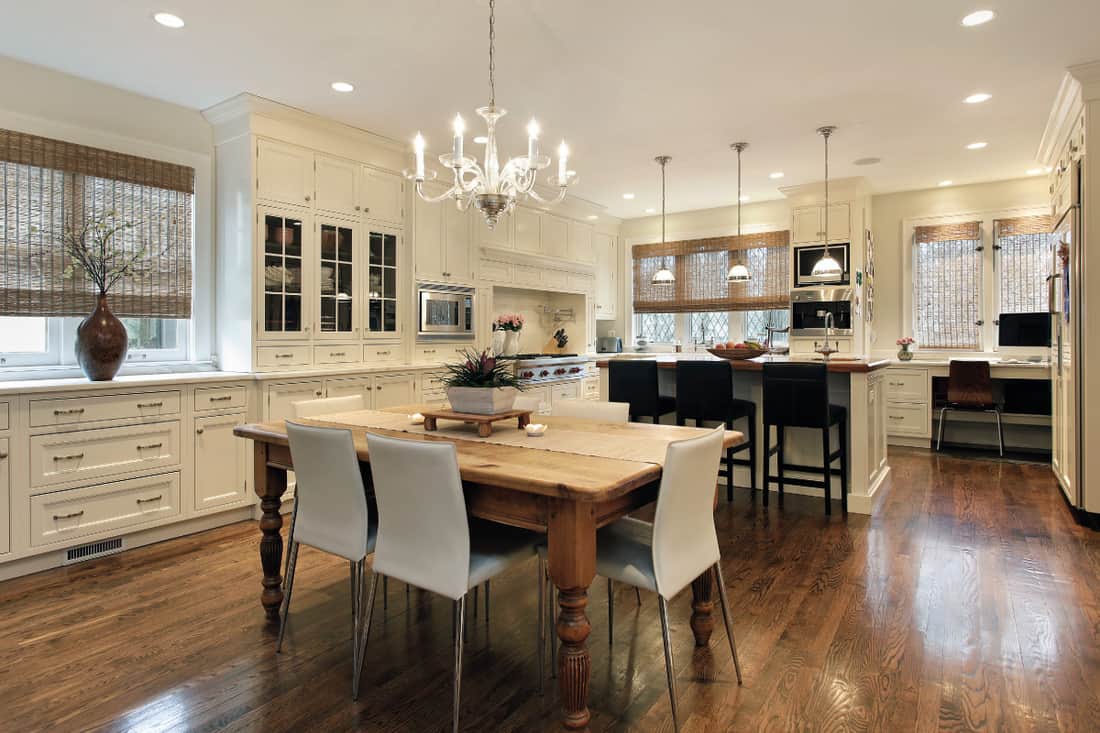 When it comes to designing a house, every detail matters. From the color scheme to the furniture placement, every element plays a role in creating the perfect ambiance. Lighting, in particular, can greatly impact the overall look and feel of a space. This is why many homeowners wonder if
dining room and kitchen lights should match
. And the answer is, yes! Matching dining room and kitchen lights can help create a cohesive look throughout the house.
When it comes to designing a house, every detail matters. From the color scheme to the furniture placement, every element plays a role in creating the perfect ambiance. Lighting, in particular, can greatly impact the overall look and feel of a space. This is why many homeowners wonder if
dining room and kitchen lights should match
. And the answer is, yes! Matching dining room and kitchen lights can help create a cohesive look throughout the house.
Flow and Continuity
Efficient Use of Space
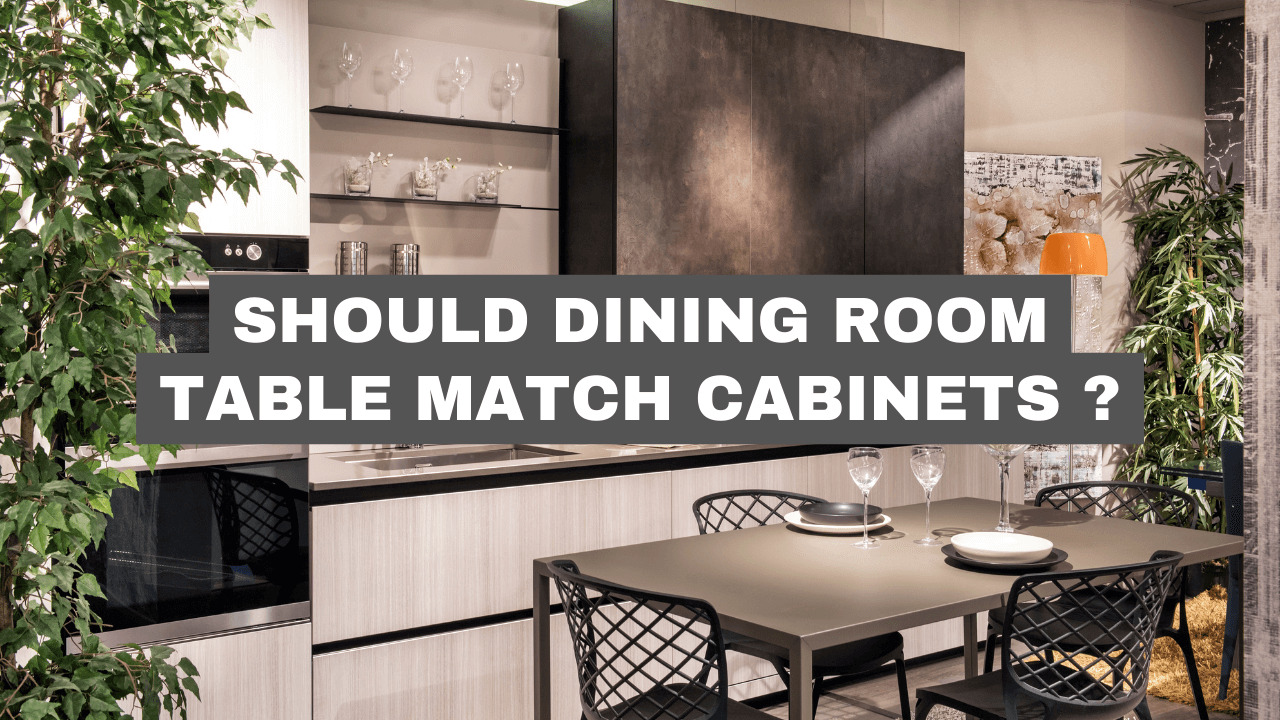 Matching dining room and kitchen lights can also be a practical decision. In smaller homes or apartments, space is often limited. By choosing
matching lights for both areas
, you can save valuable space and avoid cluttering the ceiling with multiple light fixtures. This can also create a clean and uncluttered look, making the space feel larger and more open.
Matching dining room and kitchen lights can also be a practical decision. In smaller homes or apartments, space is often limited. By choosing
matching lights for both areas
, you can save valuable space and avoid cluttering the ceiling with multiple light fixtures. This can also create a clean and uncluttered look, making the space feel larger and more open.
Complementing the Design
 Another reason to match dining room and kitchen lights is to
complement the overall design
of your house. For instance, if you have a modern and minimalist theme, choosing matching lights with clean lines and simple designs can enhance the overall aesthetic. On the other hand, if your house has a more traditional or rustic style, matching lights with warm and cozy elements can tie the design together.
Another reason to match dining room and kitchen lights is to
complement the overall design
of your house. For instance, if you have a modern and minimalist theme, choosing matching lights with clean lines and simple designs can enhance the overall aesthetic. On the other hand, if your house has a more traditional or rustic style, matching lights with warm and cozy elements can tie the design together.
Final Thoughts
 In conclusion,
matching dining room and kitchen lights can greatly enhance the design and functionality of your home
. It creates a cohesive look, improves flow and continuity, saves space, and complements the overall design. So the next time you're renovating your house or designing a new one, consider matching your dining room and kitchen lights for a seamless and well-designed space.
In conclusion,
matching dining room and kitchen lights can greatly enhance the design and functionality of your home
. It creates a cohesive look, improves flow and continuity, saves space, and complements the overall design. So the next time you're renovating your house or designing a new one, consider matching your dining room and kitchen lights for a seamless and well-designed space.



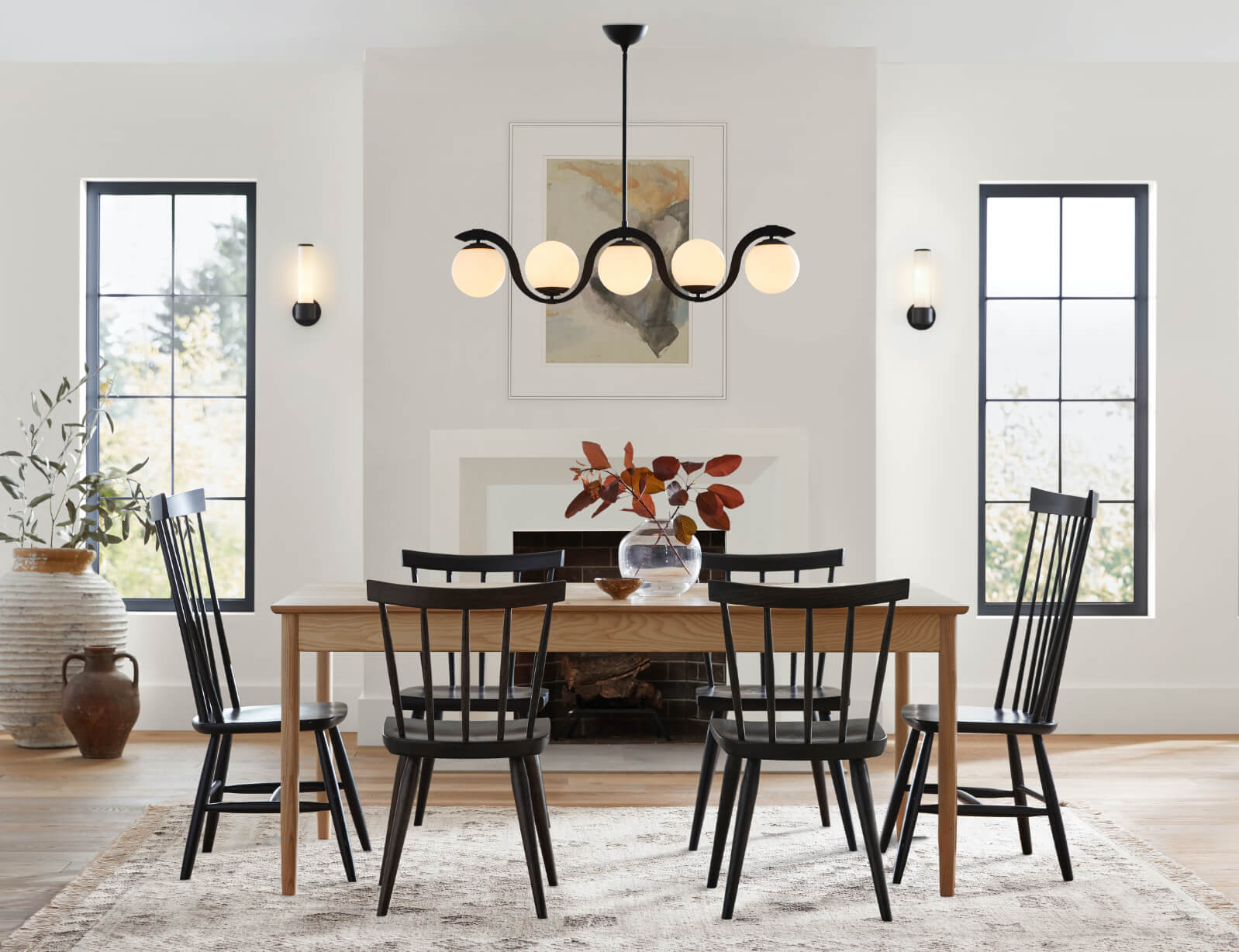







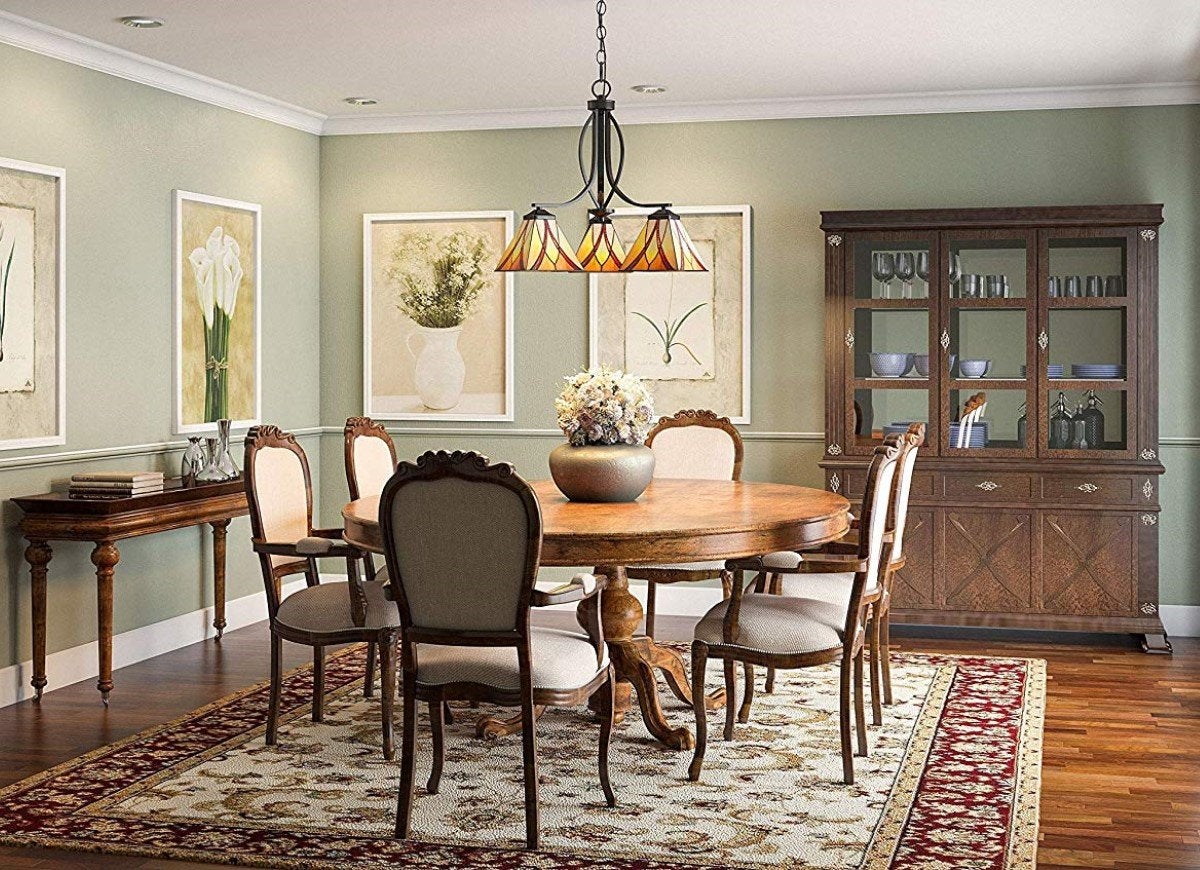


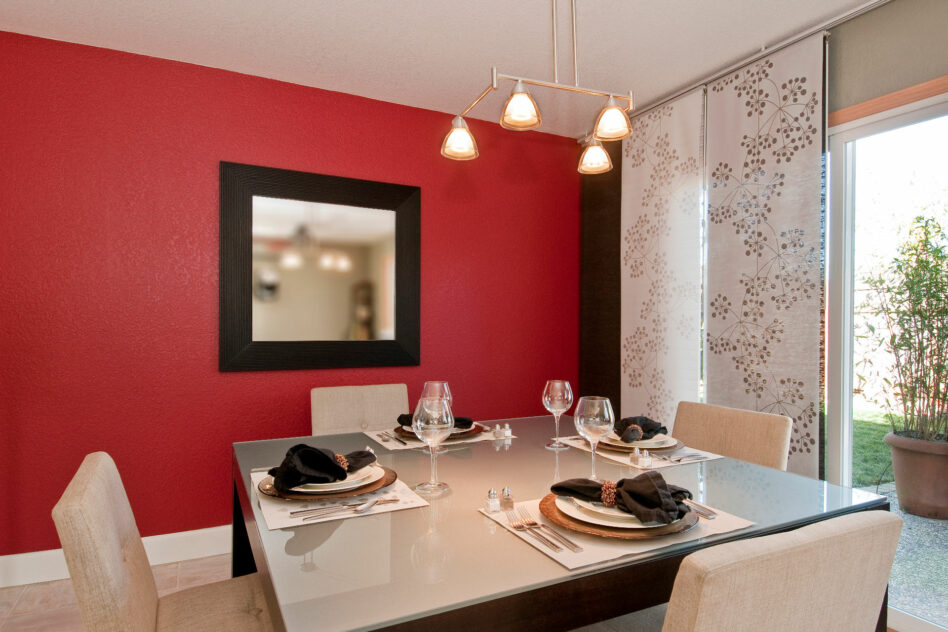




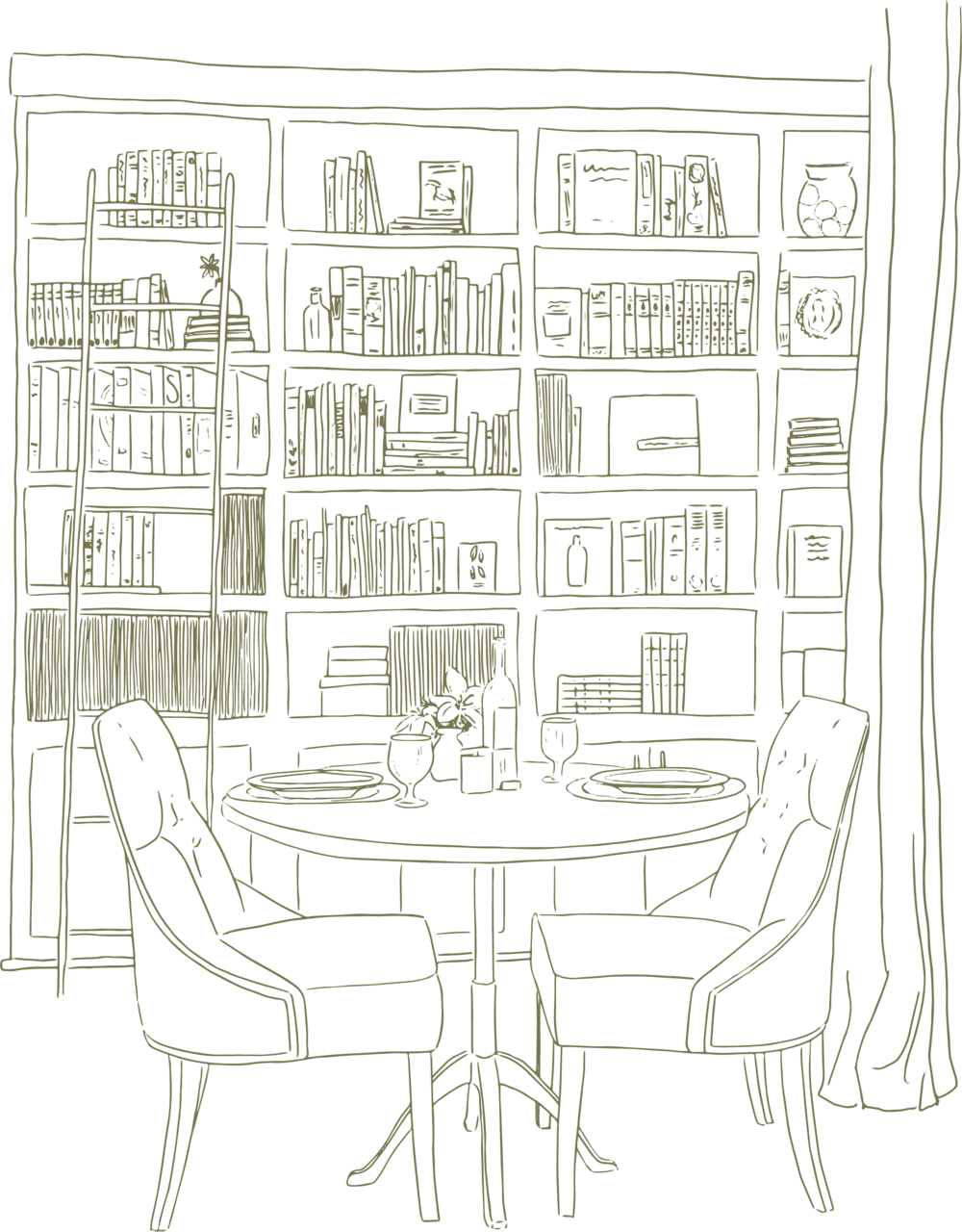

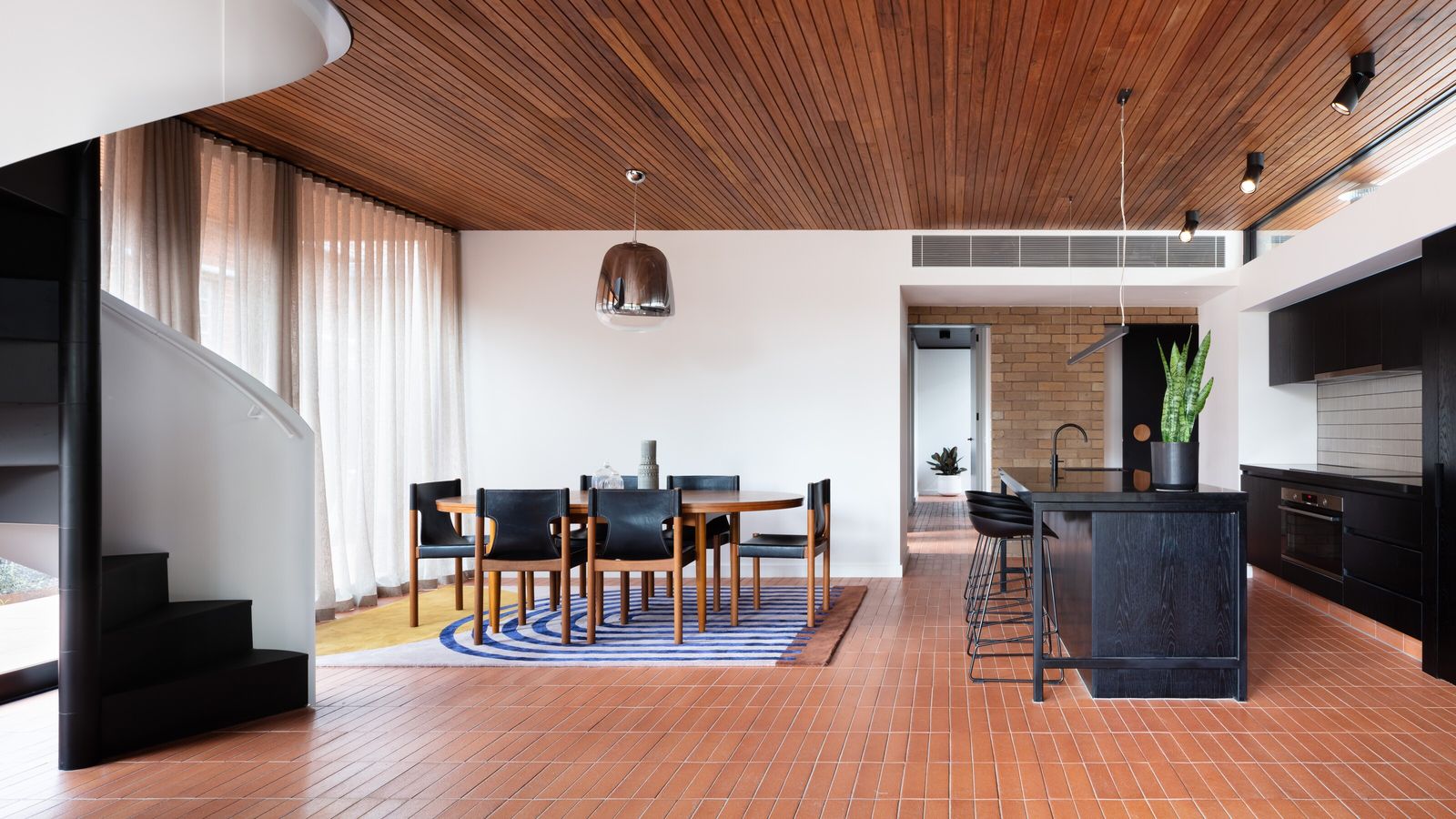









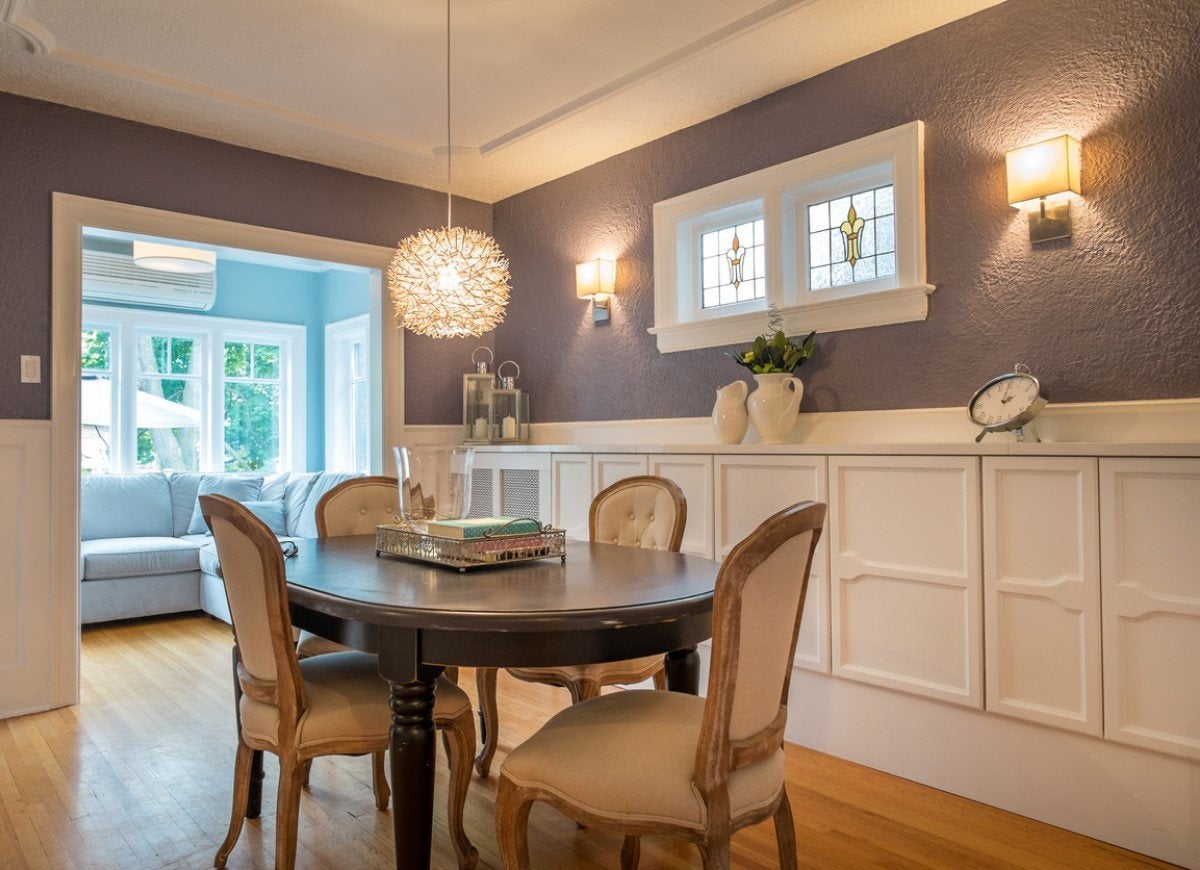
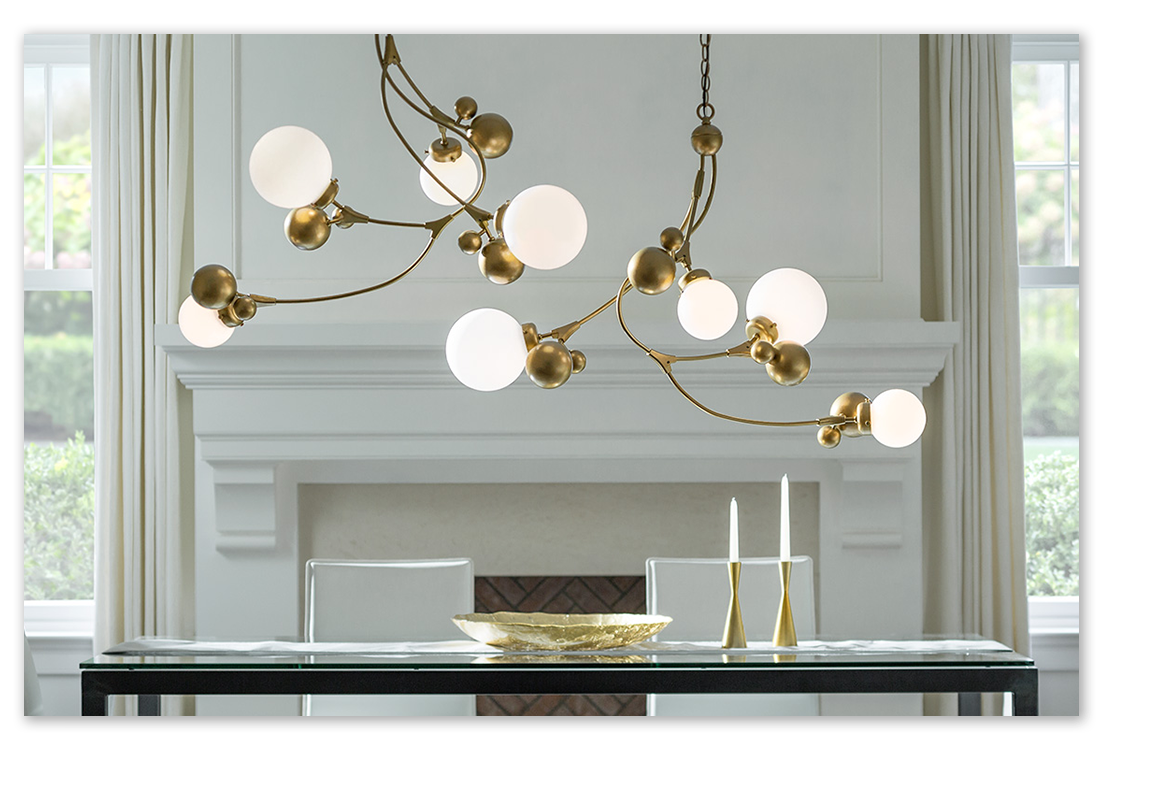


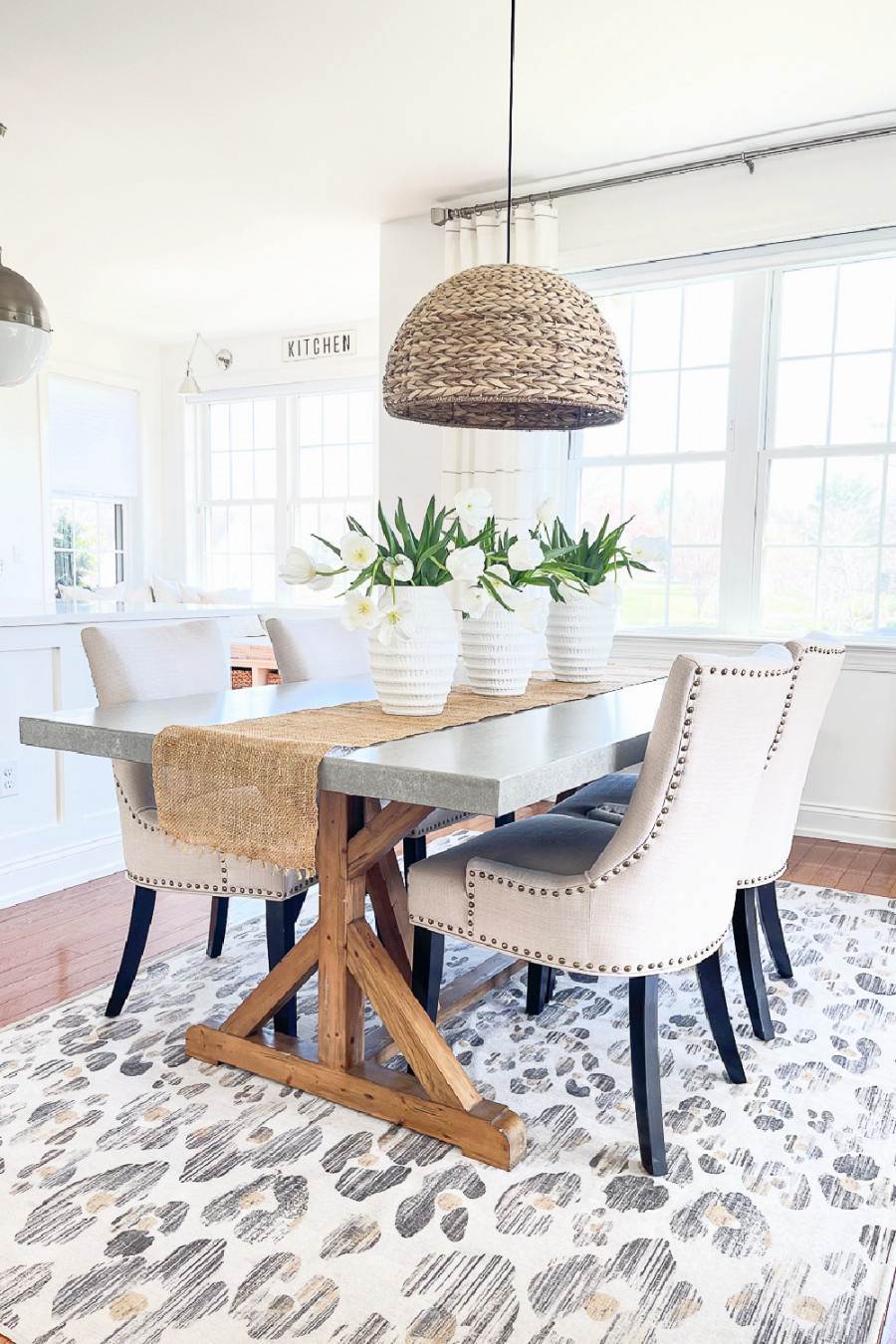








/dining-room-light-fixture-ideas-23-mindy-gayer-windward-55f952166a404e118d22061c51060a95.jpeg)



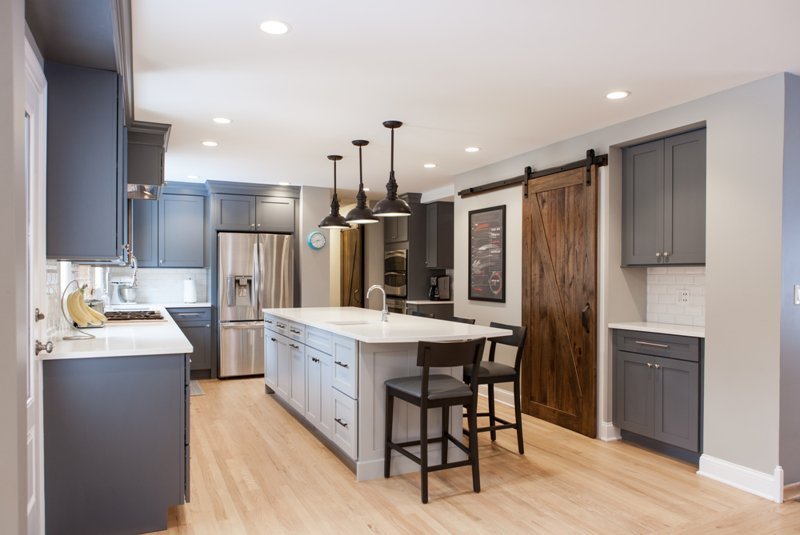










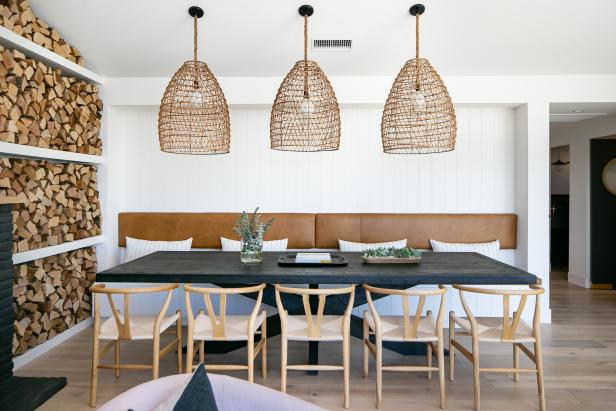

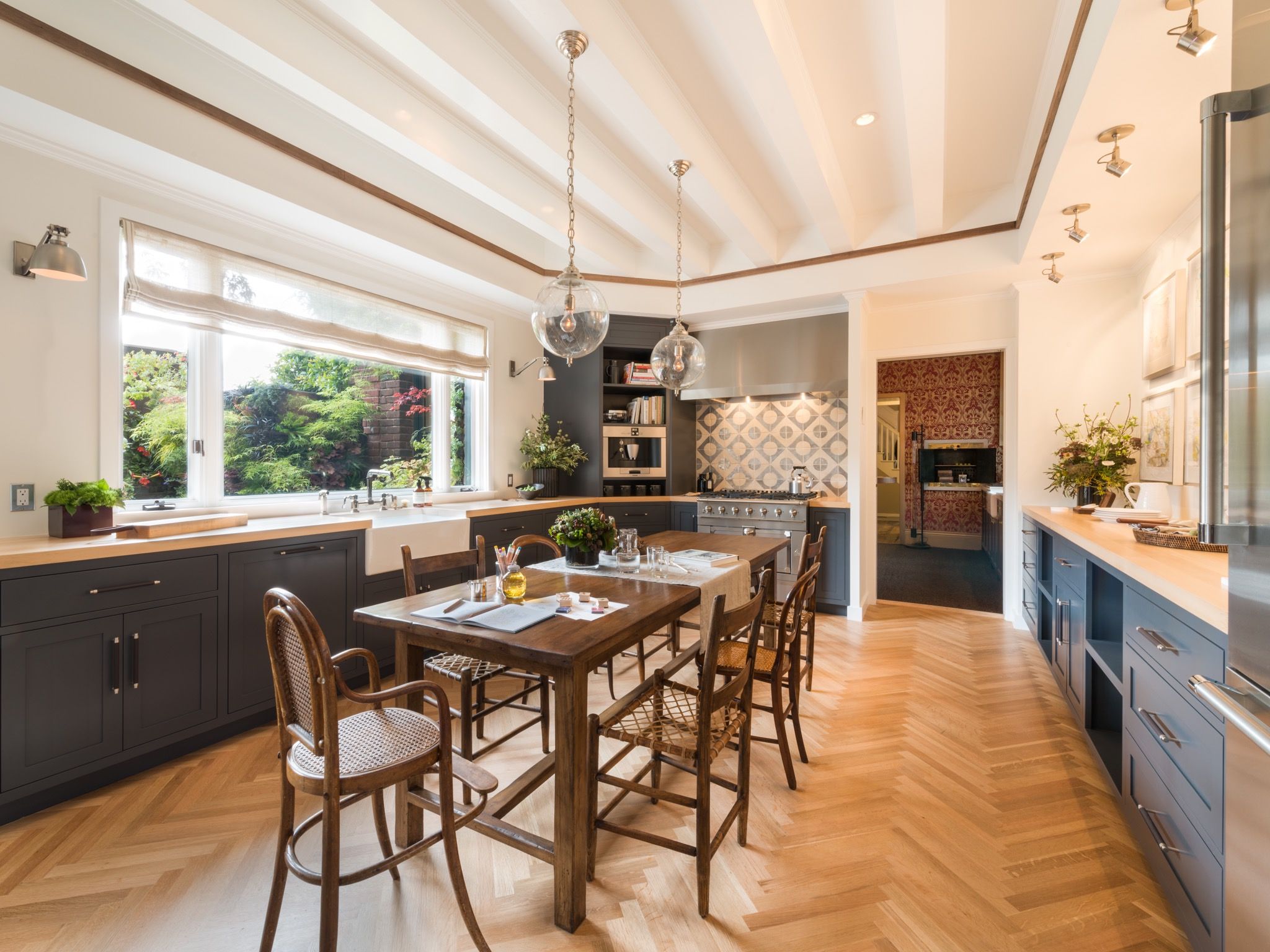
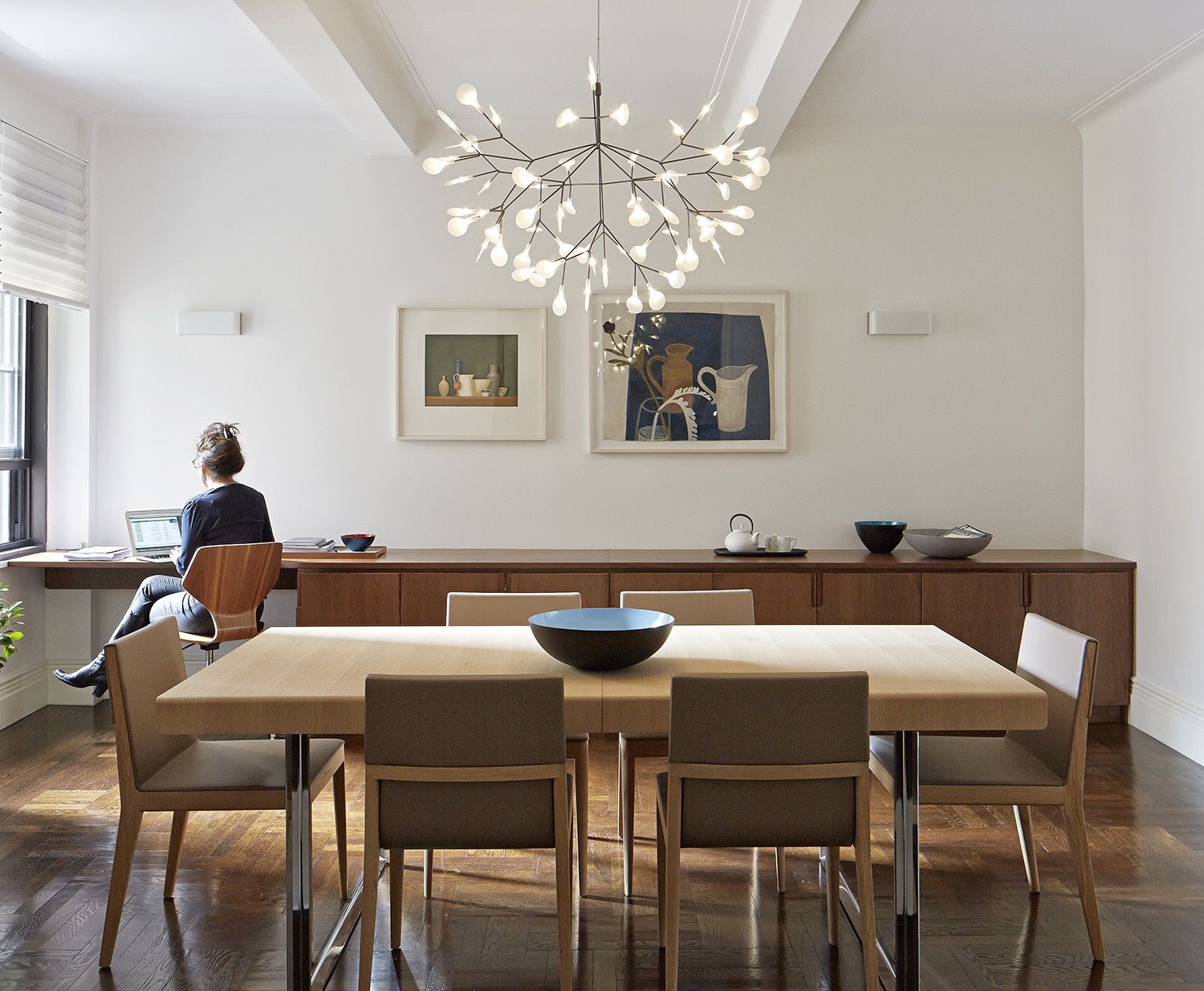
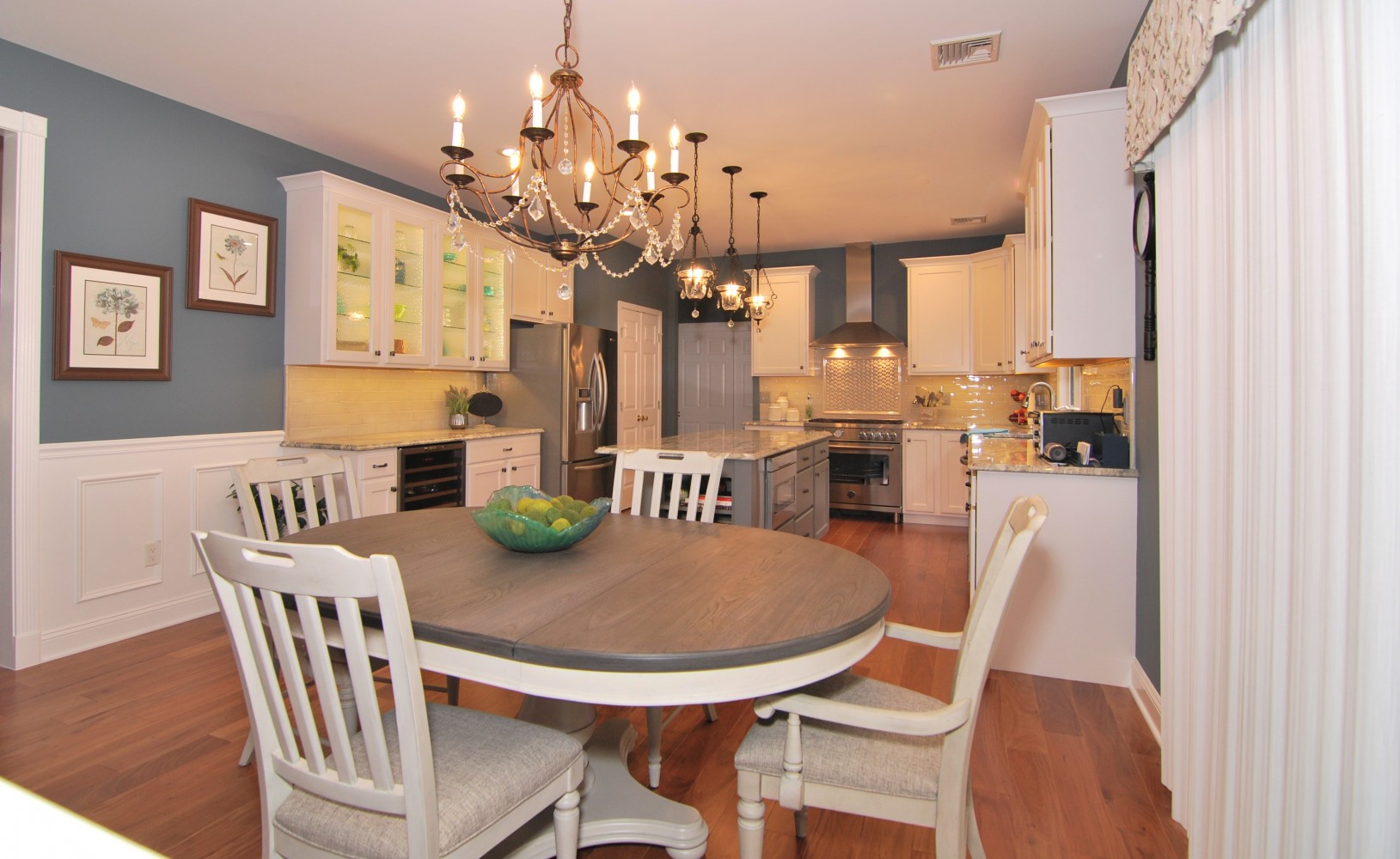


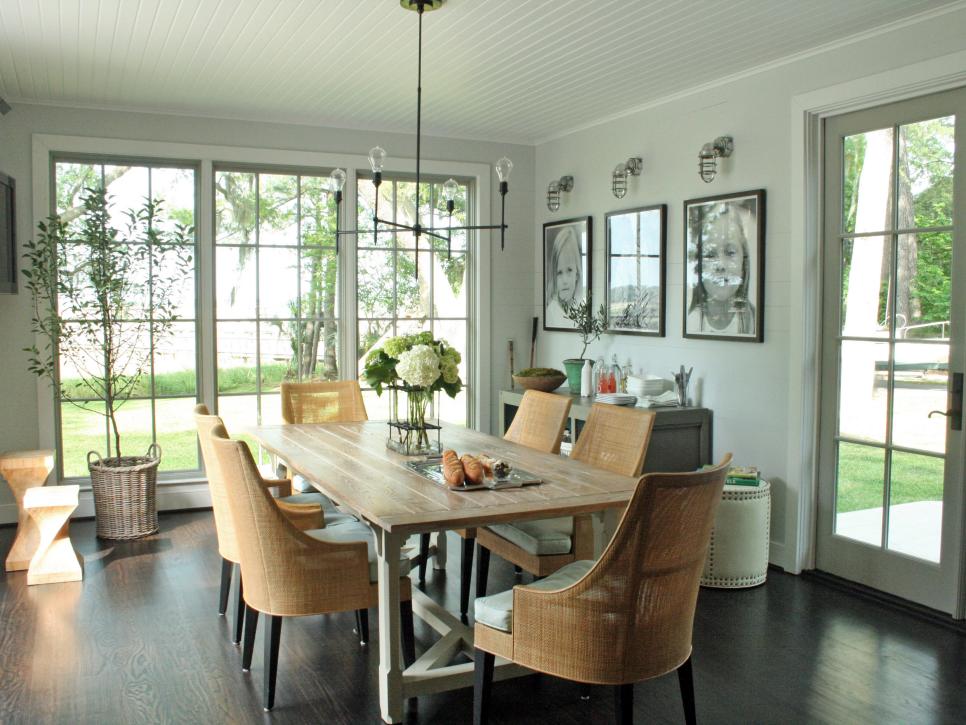



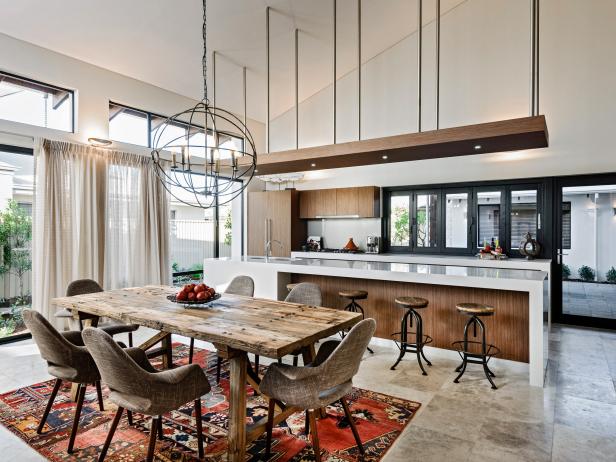


/GettyImages-926172156-123e08cef4a94a87a2b153aa93828595.jpg)




